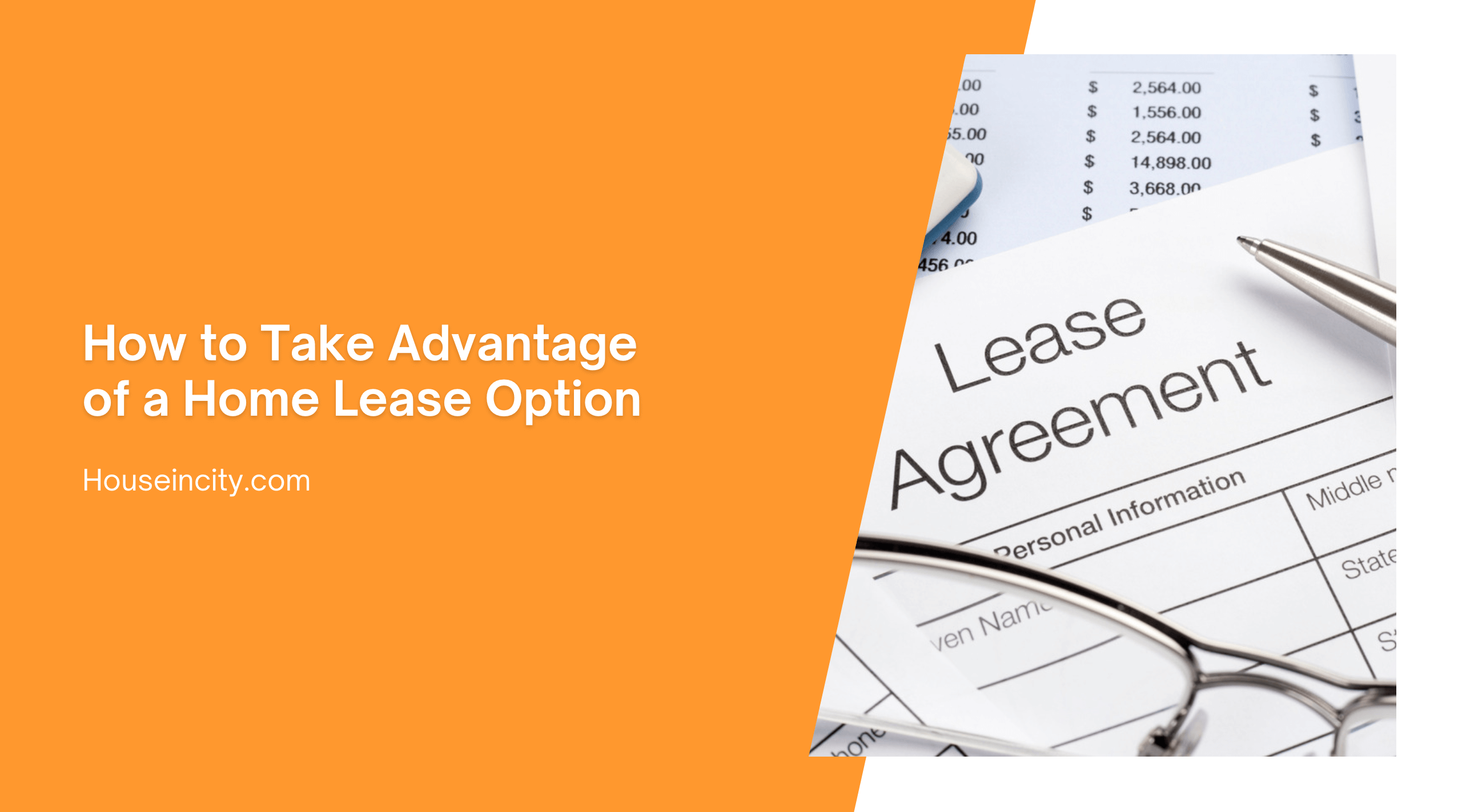A Lease Option is a great vehicle one can use to owning a home. Lease Options are defined as someone leasing a home, and often purchasing an “option” from the landlord to buy the home at a later date. For example, when you lease a home under a lease option, you will agree to a monthly payment amount of rent, and a down payment amount, usually anywhere from $2000 to $10,000, which is considered your “option fee”.
Your landlord and you will agree on a term, such as 1 year, as to when this purchase takes place. Upon the year being up, you can purchase the home at a previously decided price, with your option fee being your down payment amount. If you choose not to buy the home, you will forfeit your option fee, unless the landlord agrees to extend the terms. There are many reasons why one would want a lease option.
Financial reasons are the most common. This gives buyers more time to get their credit in order, and save more money. Also, someone relocating may really like the home and want to buy it, but wants to wait until he or she is sure their new job will be working out. This can help them avoid getting stuck with selling a home if it doesn’t. Another reason may be that they have another home to sell, and cannot qualify for another mortgage yet. In any event, there are several reasons a lease option is a great alternative to buying for many people. If you decide to take advantage of a lease option, consider these strategies:
1. Make sure you decide on a final selling price prior to signing an agreement. This way you know the price well ahead of time, and you get the benefit of having a set price that won’t go up in a year’s time.
2. Have your own attorney review the contract and paperwork. Lease options can be tricky, it would be well worth it to have your attorney review the paperwork.
3. Consider your time frame. Will one year be enough time for you to be ready to purchase? Consider adding a clause that the contract may be extended for 6months to a year if need be. Lease options are generally set up for one to two years.
4. Document who is to be responsible for repairs and upkeep during the lease time. Often times the tenant who desires to buy the home will be responsible on a lease option, but it is best to make sure everyone is aware and in agreement beforehand.
5. Have a Realtor run comparables for you so you know you are paying a good price for the home. It is important to know that lease options will often sell for a few thousand dollars more to reward the seller for his patience and willing to work with you, however, you don’t want to pay way over market value.
6. Negotiate your “option fee”. This fee is what buys you the right to purchase the home at a later date, and should not be discounted. Without this, you may forfeit your right to purchase. However, you can try and negotiate a fee that you are comfortable with. If the home is in a desirable location, and is in demand, you may have to pay the asking fee or risk losing it to other interested parties.
7. Make sure you do everything you can during that time frame to ensure you are able to purchase the property. If you fail to make good on the purchase, you will lose your option fee money. If you lose it due to unforeseen circumstances, such as relocating, job loss, etc, that is one thing. However, to lose it because you were unable to pay your bills on time and raise your credit score would be quite a downfall.
Lease options are a great tool for both sellers and buyers. If you follow these 7 strategies, you can help make your lease option a good investment and a good move toward home ownership.
